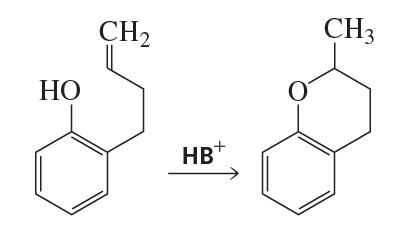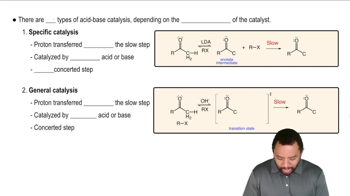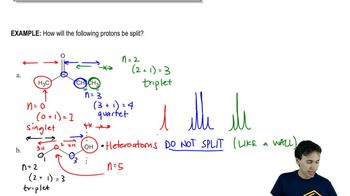e. What is the electrophile in the second step?
f. What is the nucleophile in the second step?

 Verified step by step guidance
Verified step by step guidance Verified video answer for a similar problem:
Verified video answer for a similar problem:



 4:25m
4:25mMaster The Mechanism of Alkoxylation. with a bite sized video explanation from Johnny
Start learning